We planned to visit the major sites of the outlying area, then return for a lunch at Carlo and Valeria’s home, then visit Ravenna sites in the afternoon. Ravenna is renowned for its splendid and ancient mosaics, and holds a special place in my heart as the home of friends for 67 years. The sites are recognized by UNESCO.









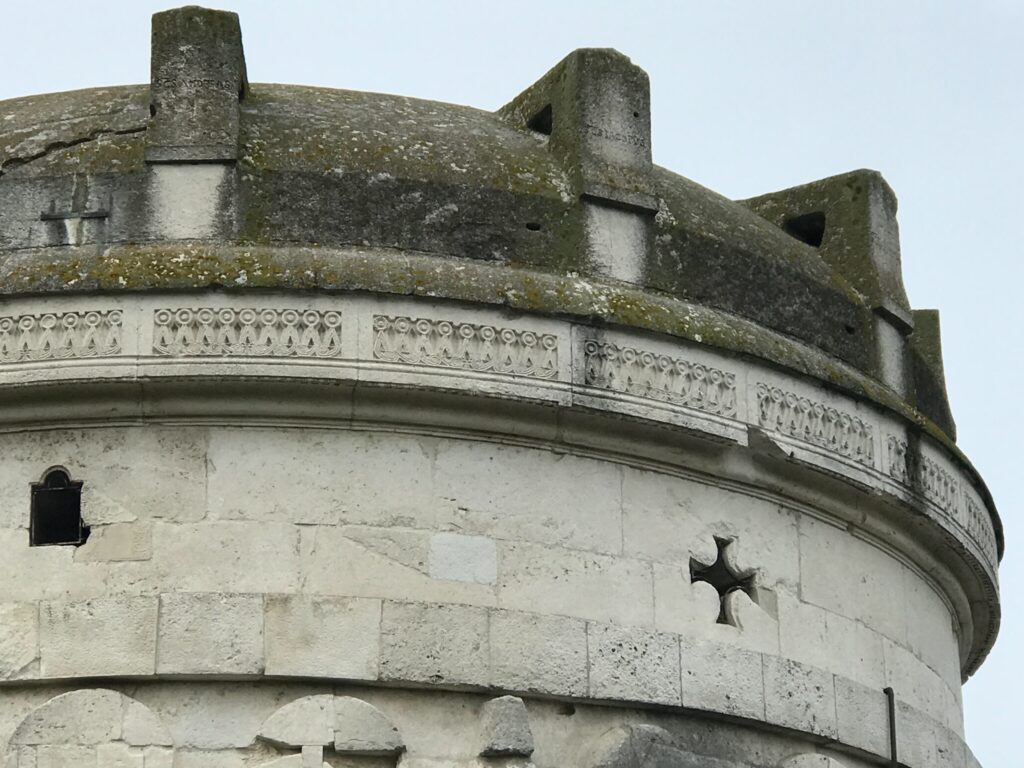
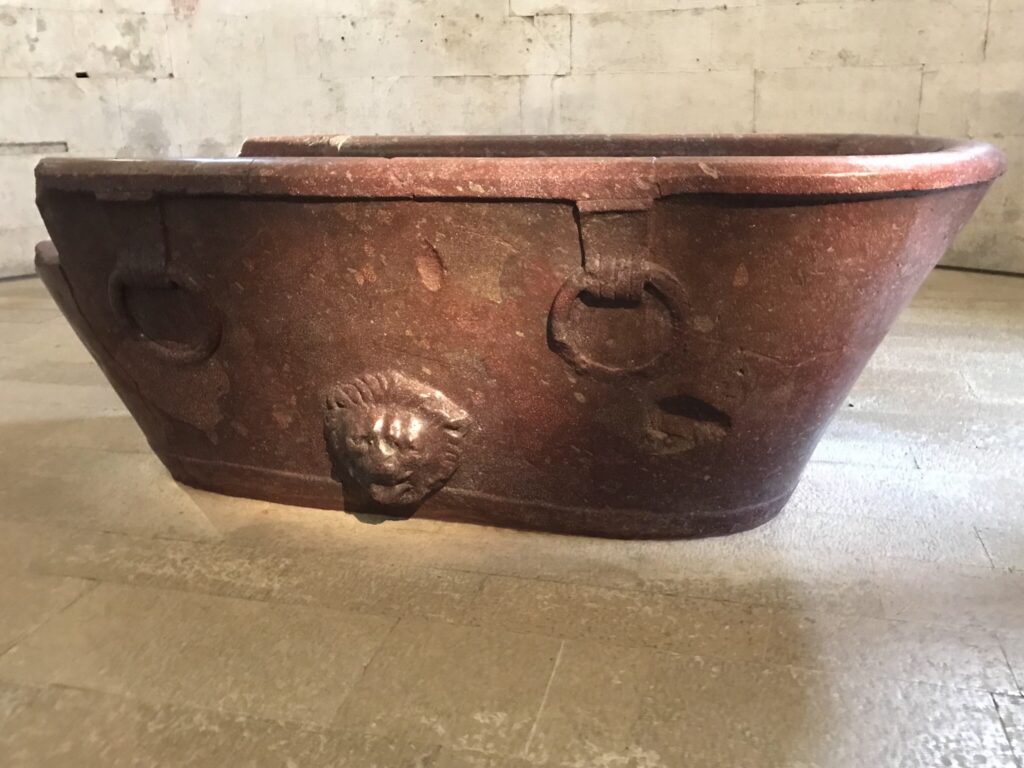
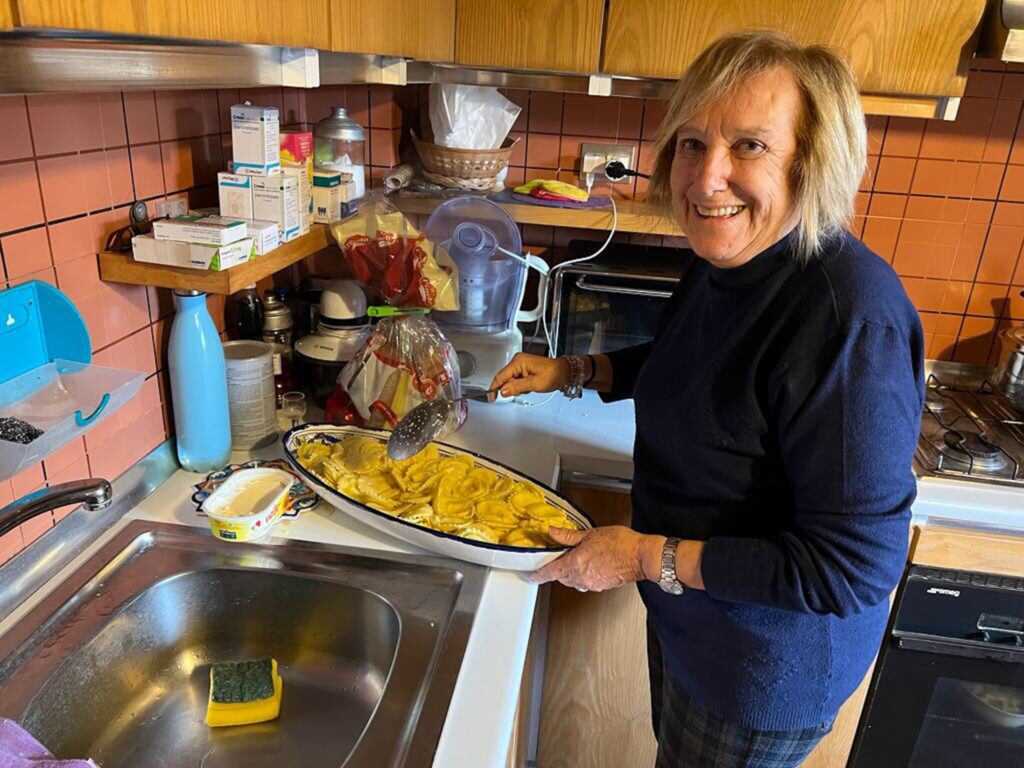






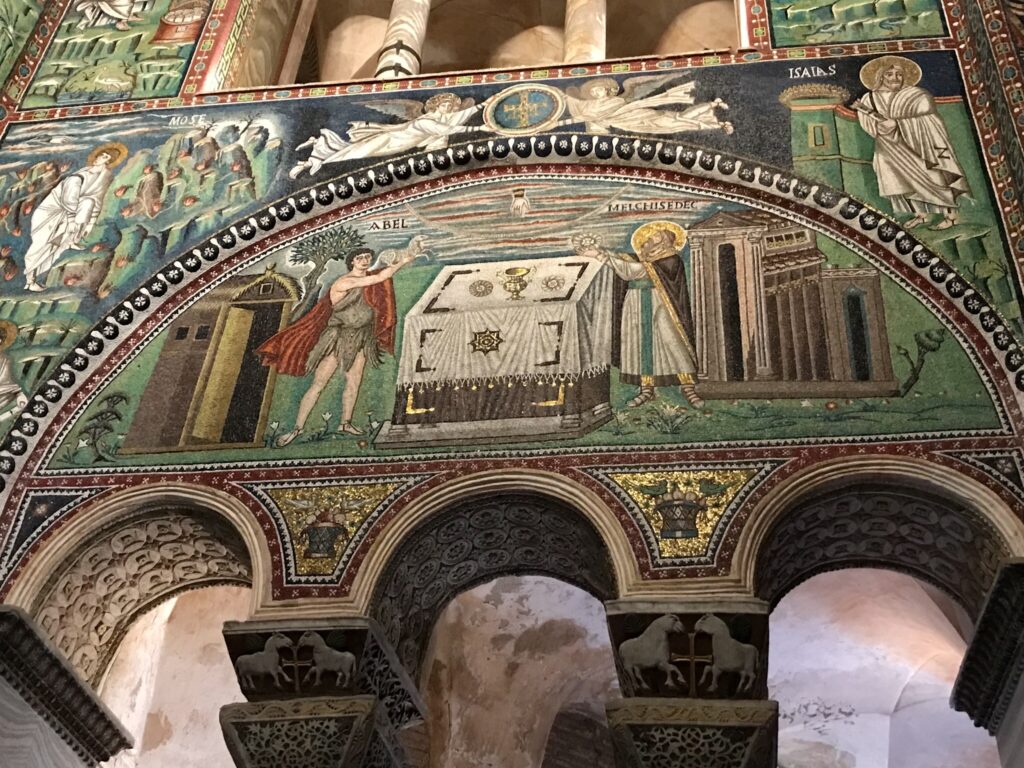


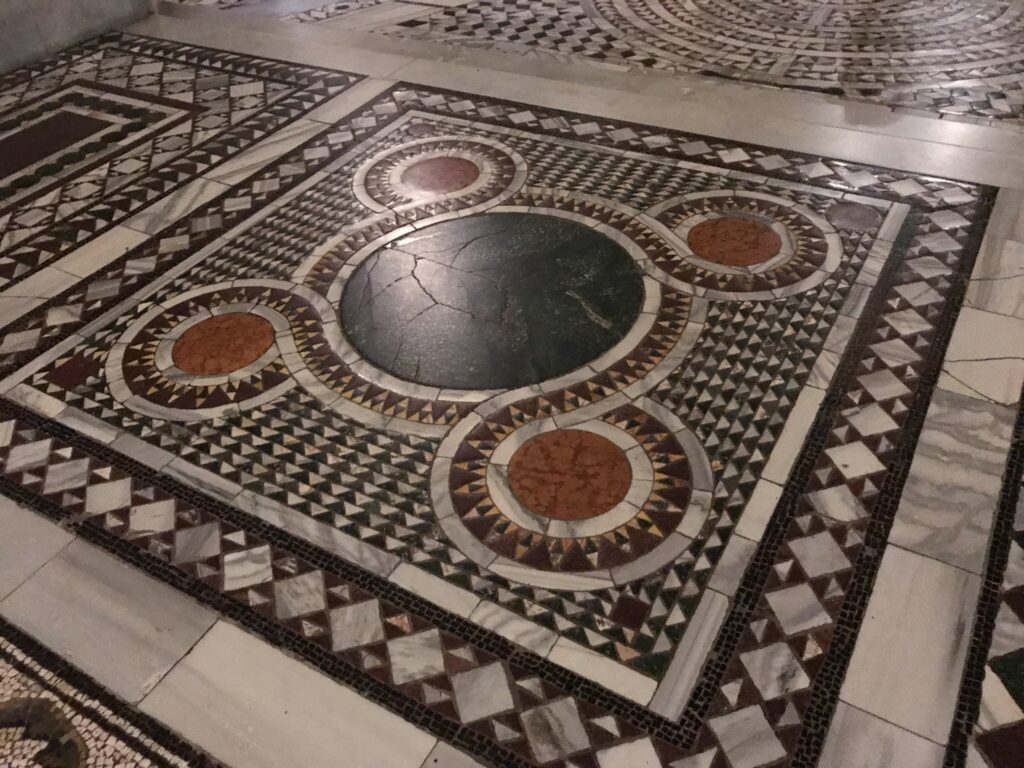


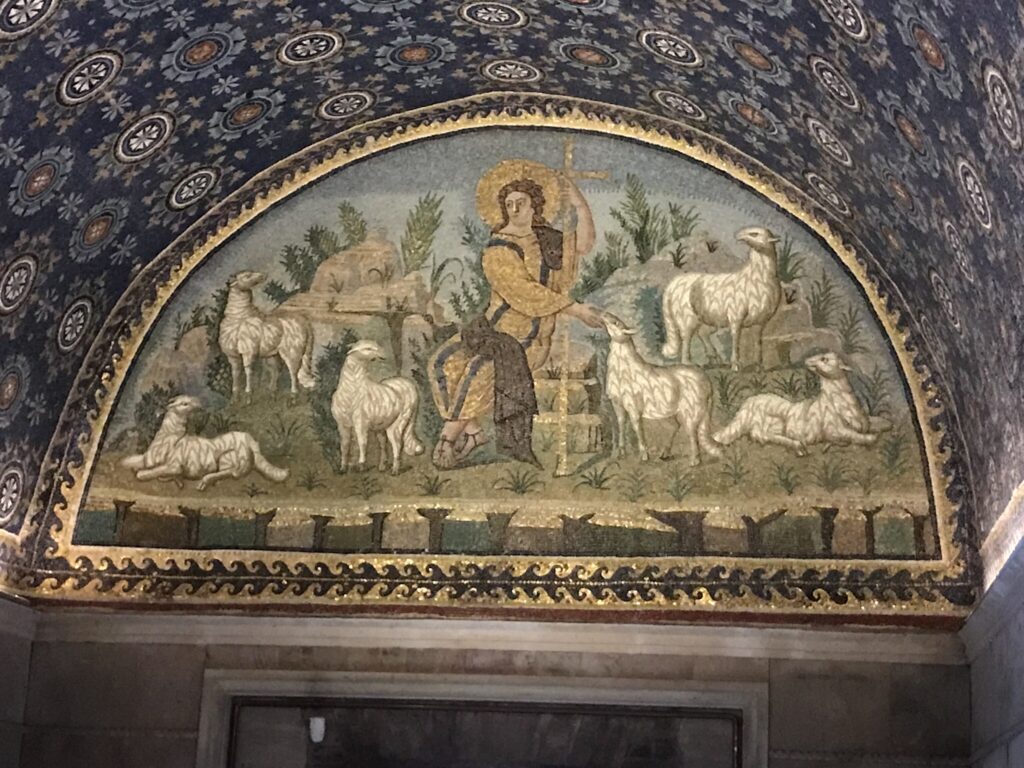



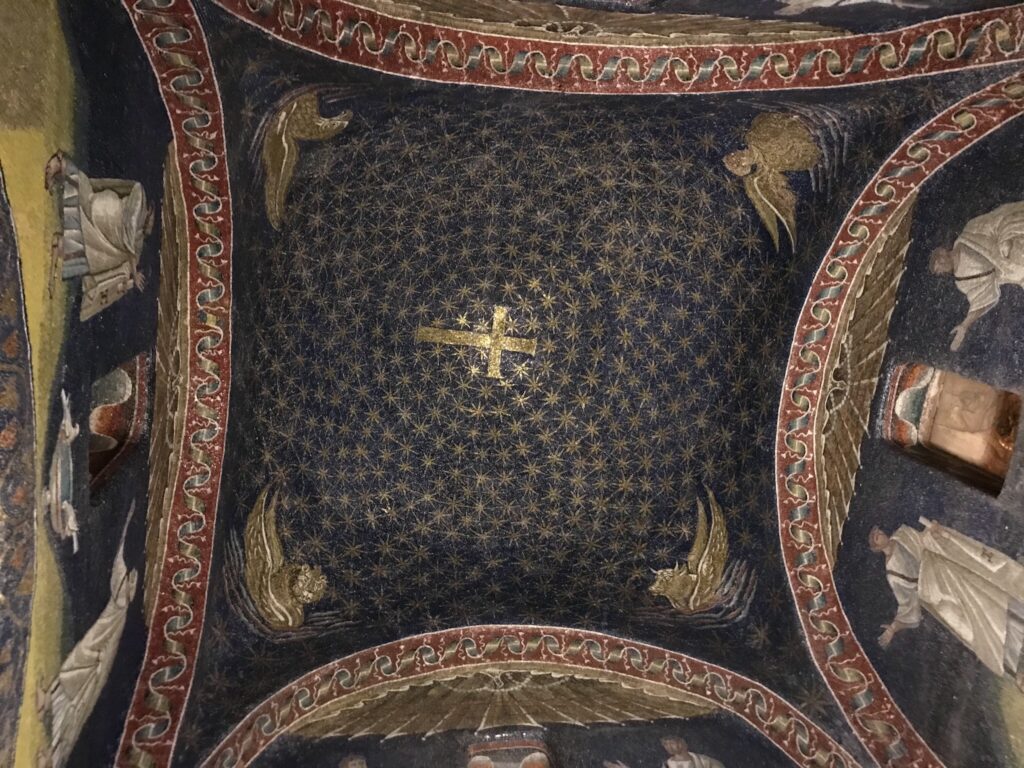





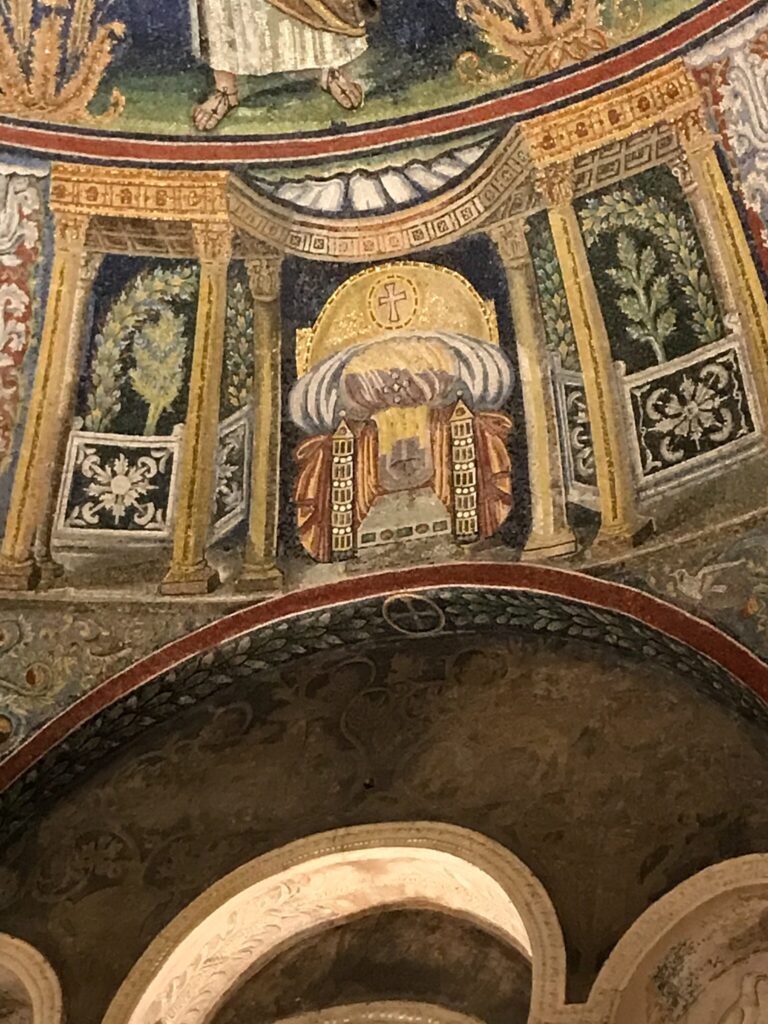



Francesca Bazzoni: Wonderfull pages “ravennati” on your blog. Thank you to be with us, again. For all of us it was a special gift. With love, Valeria, Carlo, Matteo, Francesca. 2023/11/19 at 7:05 am
Reply: Thank you, Francesca, for posting from my Italian family. We look forward to being together again soon. You all hold a special place in my heart. 2023/11/19 at 1:43 pm